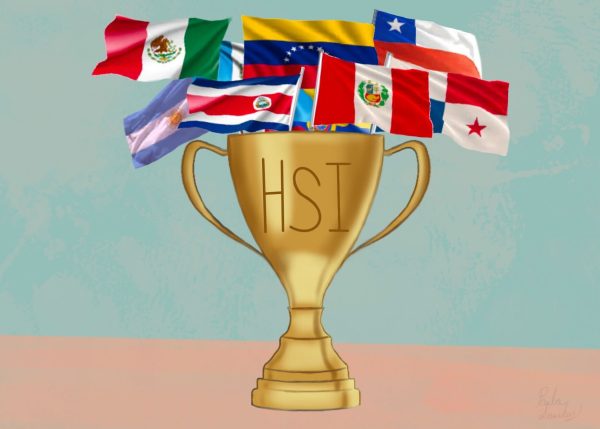Race is not so black and white
October 31, 2016
The last U.S. census in 2010 reported that 72.4 percent of the population was white. However, this number could be completely inaccurate because citizens who would generally not be considered white or define themselves that way are asked to mark their race as white when completing the census.
White is currently defined by the census as “a person having origins in any of the original peoples of Europe, the Middle East or North Africa.”
In the upcoming census, the way people report race and ethnic information may change with the addition of the Middle Eastern or North African—or MENA—option in addition to allowing people to provide specific national and ethnic origin information, according to an Oct. 21 Washington Post article.
The main problem with classifying people from the Middle East or North Africa as white is that the white experience does not accurately represent the Arab-American population or its experience, according to a Jan. 3 article from Al Jazeera.
Arab-Americans have a very different experience in the U.S. from people of European descent, and they need separate national designation to assess issues within the community, the Al Jazeera article stated.
While many Arab-Americans support the MENA box, some are hesitant, especially in the current political climate rife with the extreme Islamophobic policies of Republican candidate Donald Trump.
Arab-Americans are frequent victims of xenophobia and Islamophobia, but they have been shielded from some targeting by identifying as white in the census, according to an Oct. 5 article from ArabAmerica.com that discussed the pros and cons of the MENA option.
Identifying as white on the census shields Arab-Americans in that their racial group cannot be singled out or discriminated against through the census the way it has been through The Patriot Act, the Department of Justice Guidance on Racial Profiling and the Immigration and Nationality Act, all of which the article argued racially profiled or discriminated against Arab-Americans.
If this information is used correctly, it could actually benefit the Arab-American community as a marginalized group, especially when it comes to hate crimes or other xenophobic and Islamophobic behavior. If the census collects information specifically for the MENA group, it could supply federal data on education, employment and other issues within that community.
This new option will go to Congress for final approval in 2018 before the 2020 census, according to the Washington Post article.
It is a gross injustice that people are victim to erasure and forced hegemony through the census. Whether the lack of the inclusion of an option for Arab-Americans was intentional, it is extremely harmful to the community. Arab-Americans are at a disadvantage because there is less government data available on that group than there is for other racial and ethnic groups.
The census is a way to define America’s communities and population, but without accurate data, the results are meaningless.
Concerns about racial profiling through census data are valid, but not having data on such a large and growing group in the U.S. is even more concerning and must be addressed before the next census.

















